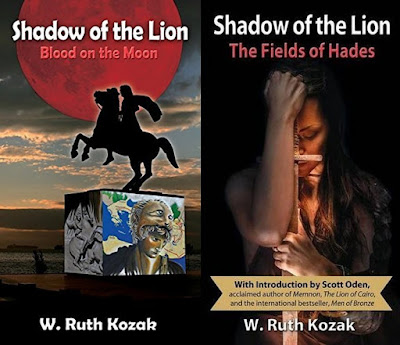The 2017 season of the Western Argolid Regional Project (WARP) was
designated as the first of two planned study seasons in the five-year
plan that the CIG submitted on our behalf to the Greek Ministry of
Culture and Sports. We were a small team of faculty, returning graduate
students, and visiting specialists, and our focus was improving our
understanding of our survey area’s material culture. This was no mean
goal: over the 2014-2016 seasons, we managed to collect nearly 70,000
artifacts.
We worked hard to re-study as much of this huge collection as we
could in our storage facility in Argos. Sarah James and Scott Gallimore
headed up an apotheke team of Grace Erny, Joseph Frankl, Alyssa
Friedman, Melanie Godsey, and Machal Gradoz. This team looked more
closely at significant concentrations of material and pulled material
for cataloguing. Joining them was Heather Graybehl, an expert on ceramic
petrography and the ceramics of the northeast Pelponnese, Daniel
Pullen, an expert on the Greek Bronze Age and especially the Early
Bronze Age, Guy Sanders, an expert on Medieval and post-Medieval
archaeology, and Bill Parkinson, Dani Riebe, and Katerina Psoma, experts
on chipped stone. All of this work has allowed us to refine our
readings of the material we collected, giving us a much clearer idea of
what we found in previous years. We’re hardly done with the study of our
material—we have one more study season to go, in 2018—but we made
important progress this year towards getting to grips with what we have.
Sarah worked hard with Melanie and Machal, for example, on the area
around ancient Orneai, to come up with a story for the site from the
Final Neolithic to the Early Modern periods.

But our season this year wasn’t only a study season. We also held a survey permit in cooperation (
synergasia)
with Dr. Alkestis Papadimitriou, the director of the Ephorate of
Antiquities of the Argolid. The survey permit was limited to a handful
of sites, chiefly fortifications, that fell outside of our 2014-2016
survey area. These sites were known, but for a variety of reasons, it
wasn’t practical to include them in our original permit request. It
might seem odd to hold another survey permit while studying material
from another survey permit, but as we move towards publication of the
survey, we find ourselves thinking more and more about how our survey
area fit in with what was already known from the extremely valuable work
of topographers like Pritchett and Pikoulas. Without looking more
closely at these sites, however, it would be difficult to really
integrate them into a robust discussion. Pikoulas, for instance, has
less than a page about Sportiza, a fortification with over half a
kilometer of clearly-visible fortification walls! A small, targeted
survey would, we felt, allow us to integrate these known sites into our
discussion, and allow us to produce a thicker description of our little
corner of the western Argolid.

Bill Caraher and I headed up the field team with the help of Rachel
Fernandez and the occasional member of the apotheke team. Our main goal
in the field was to adequately map and document standing features, and
to make limited collections that would allow us to illustrate the range
of material culture at each of the sites. In most cases we made use of
“grab” samples. Although these grabs were unsystematic, they allowed us
to collect quickly and efficiently, especially because our team was
composed of experienced archaeologists. Most of our energy was focused
on mapping standing architecture, however. The sites that we
investigated included three large fortifications, three towers, a
mountain pass that connects the Argolid to Arkadia, and the Roman
aqueduct that fed Argos, so we were dealing with a good deal of
architecture. We used a fancy Leica GPS (GNSS RTK) system that gave us
extremely accurate measurements in the field, together with a robust
system of photography, to document the sites.

Although we’re still in the process of dealing with all of the data
we collected, we think that the work we did this year will really help
us to contextualize what’s happening in our survey area. It’s prompted
us to think about particular periods (like the 7th century AD),
for instance. But it’s also given us a different spatial and geographic
perspective on the western Argolid. Climbing up to these hills on the
edges of our survey area and looking down on landscapes that we know so
very well, walking out the Roman aqueduct that brought water from the
mountain slopes of the western Argolid to the Nymphaeum on the slopes of
the Larissa: they have helped us to understand how the different parts
of the northeastern Peloponnese fit together.
Dimitri Nakassis
Professor, University of Colorado Boulder; co-director, Western Argolid Regional Project



























